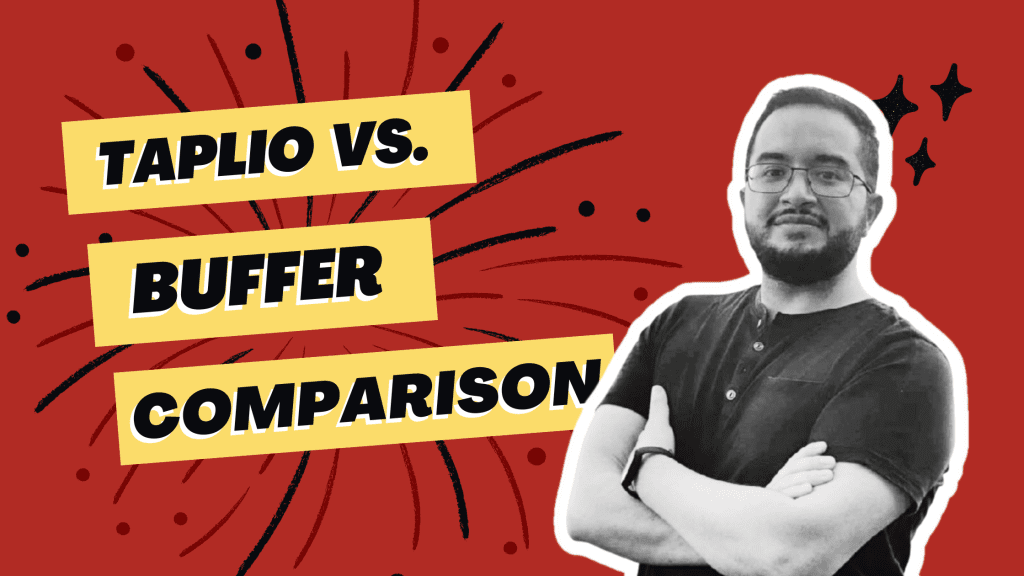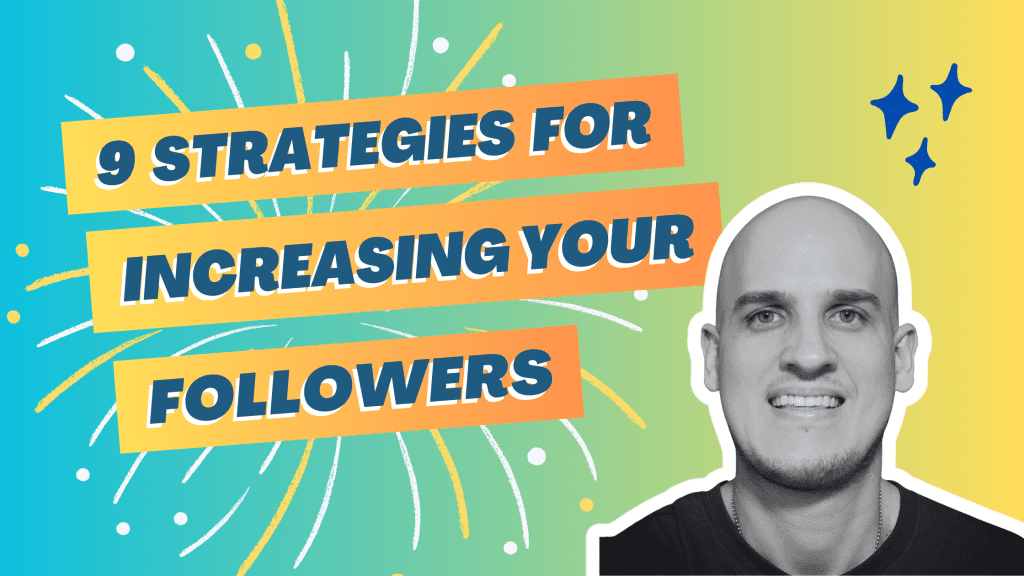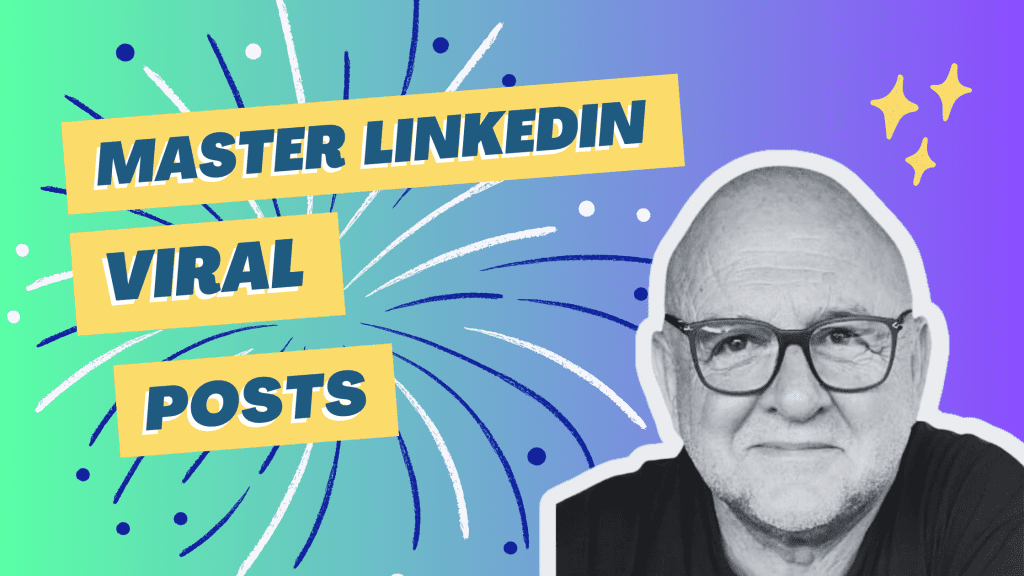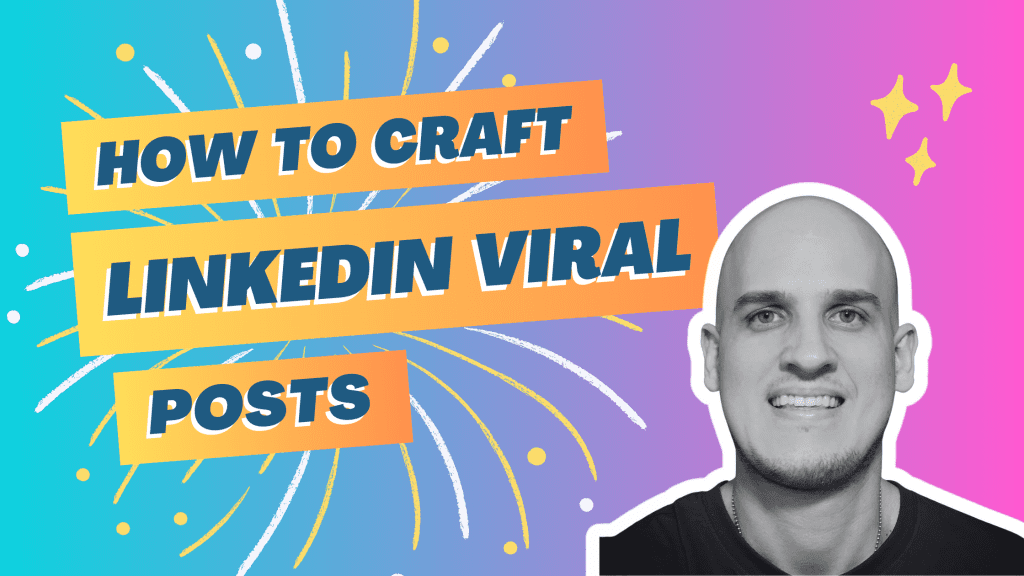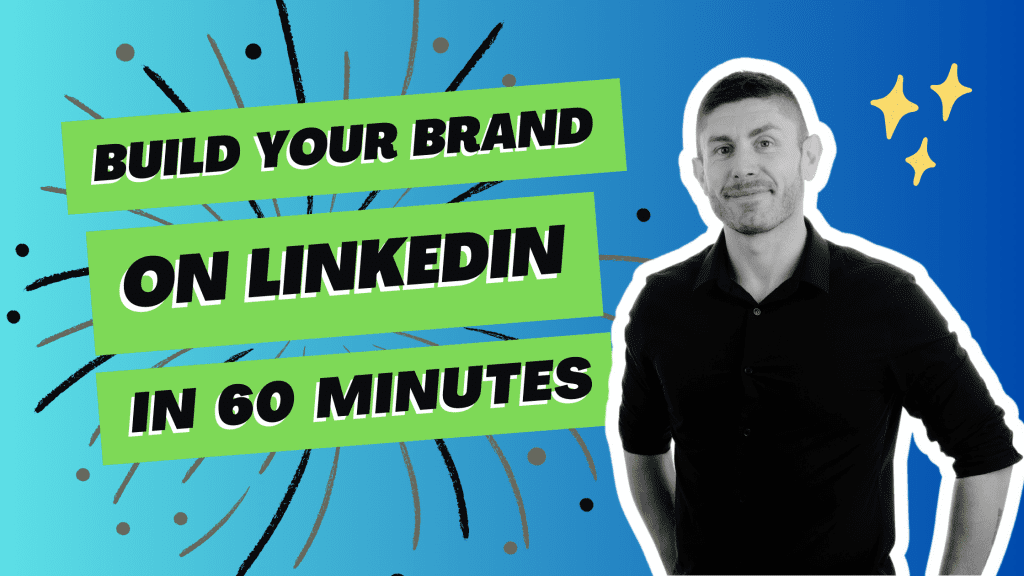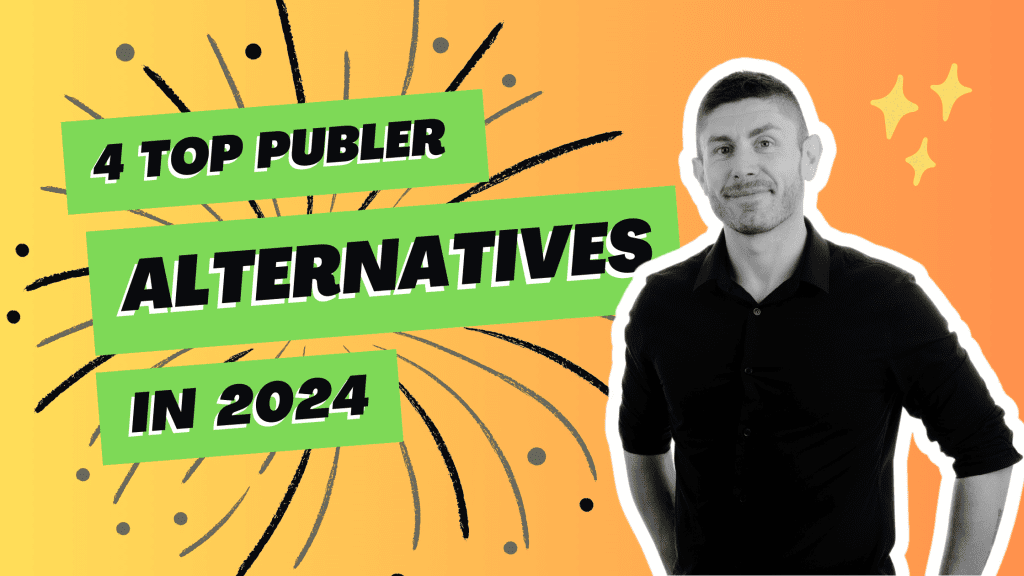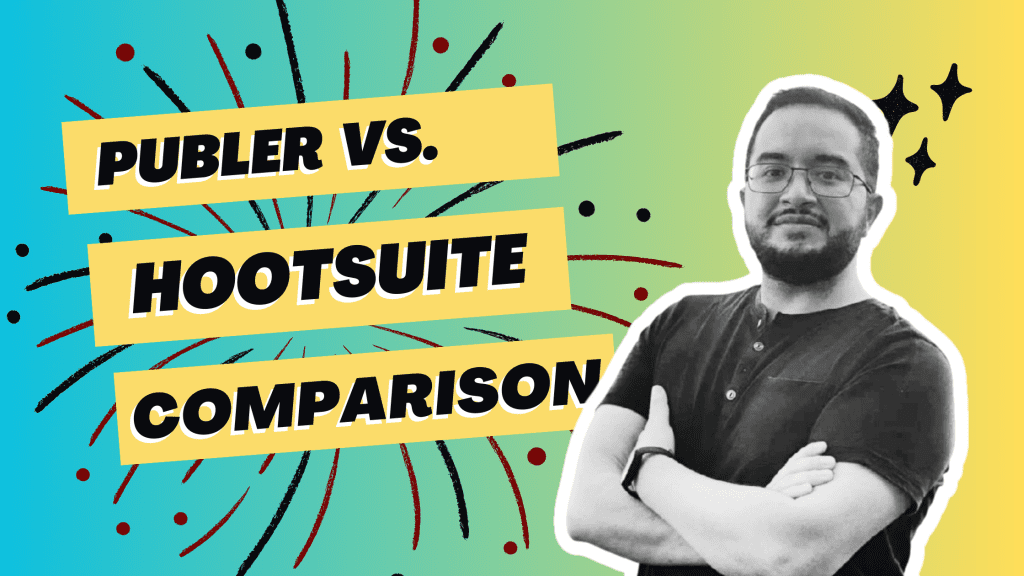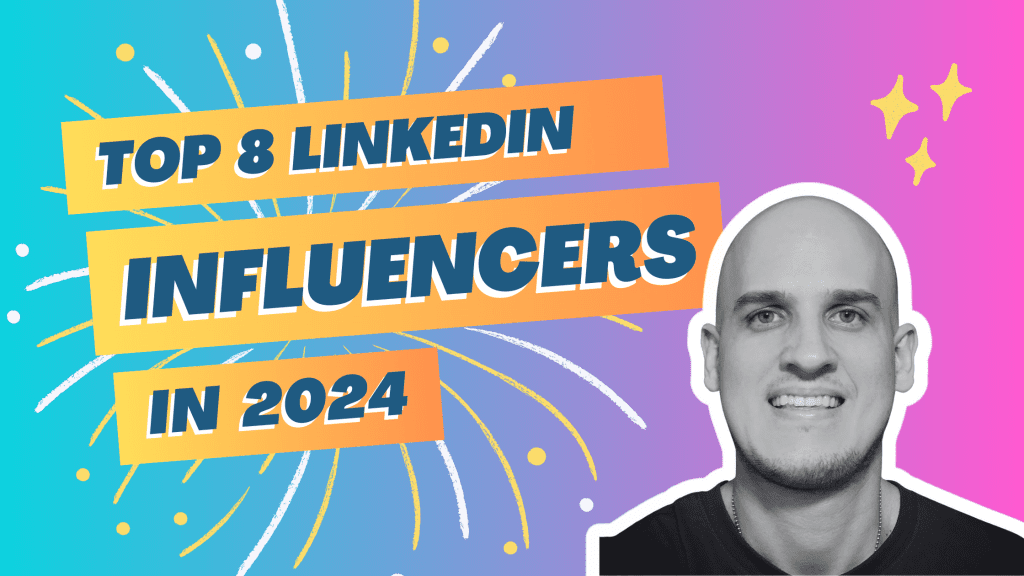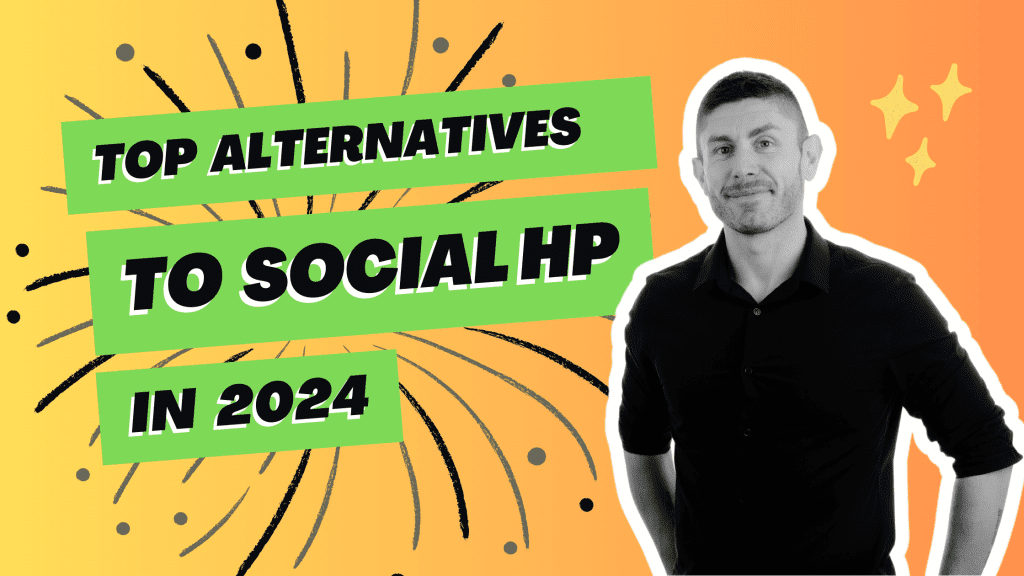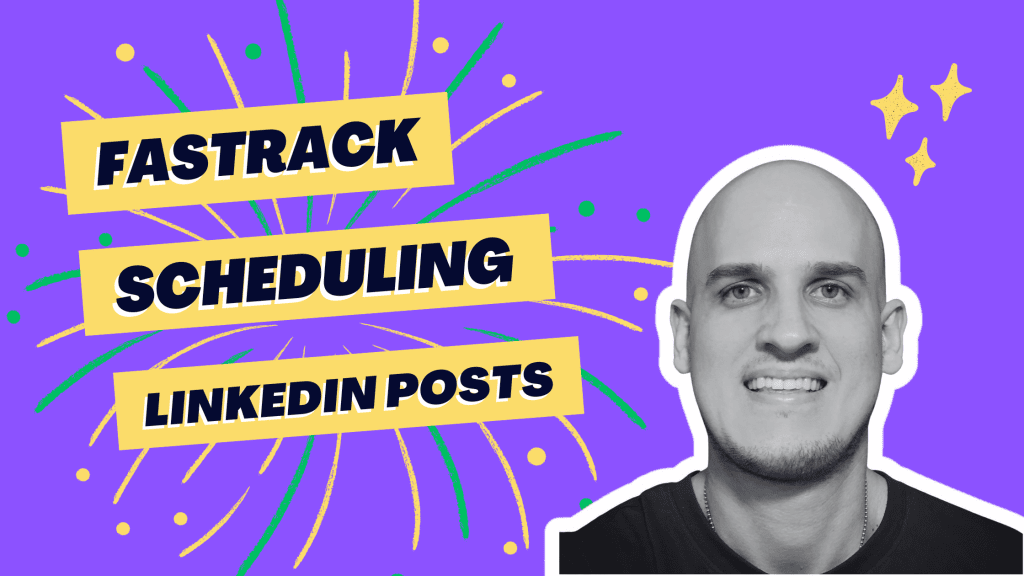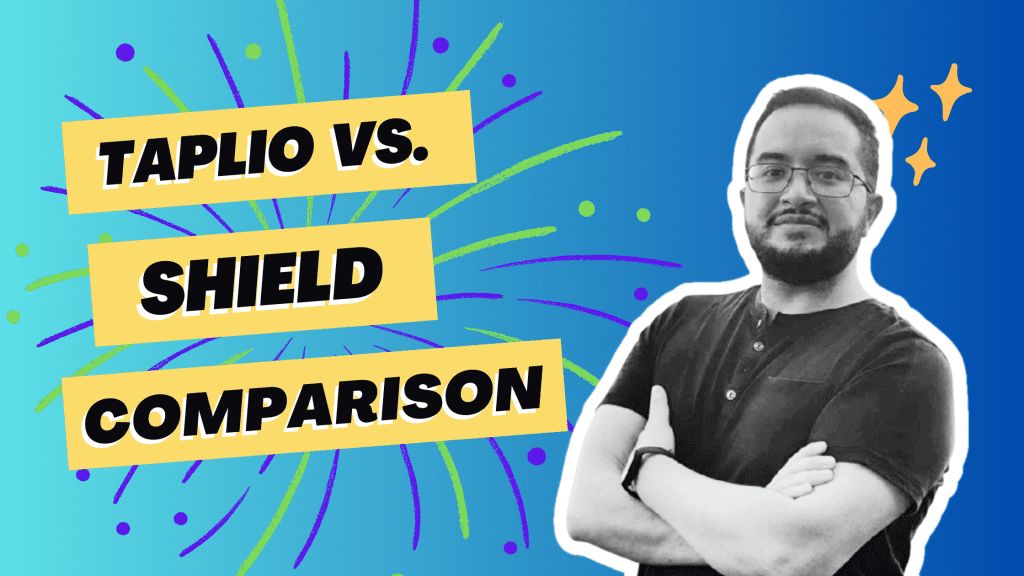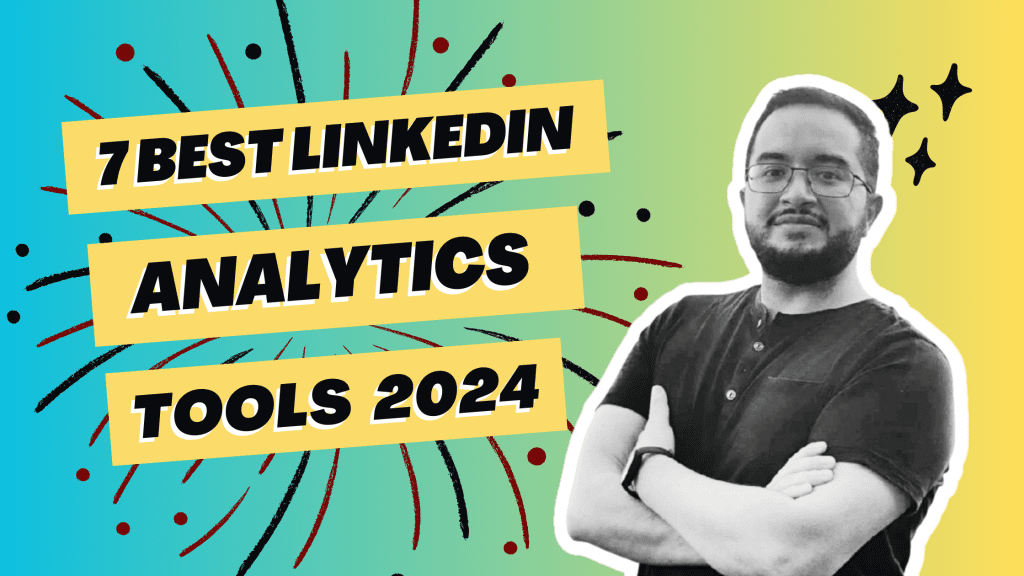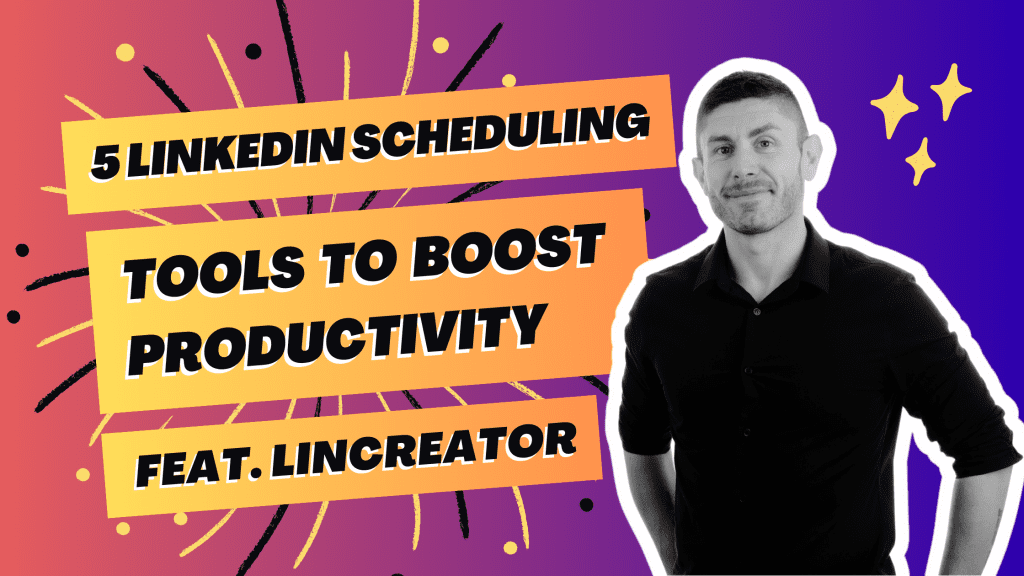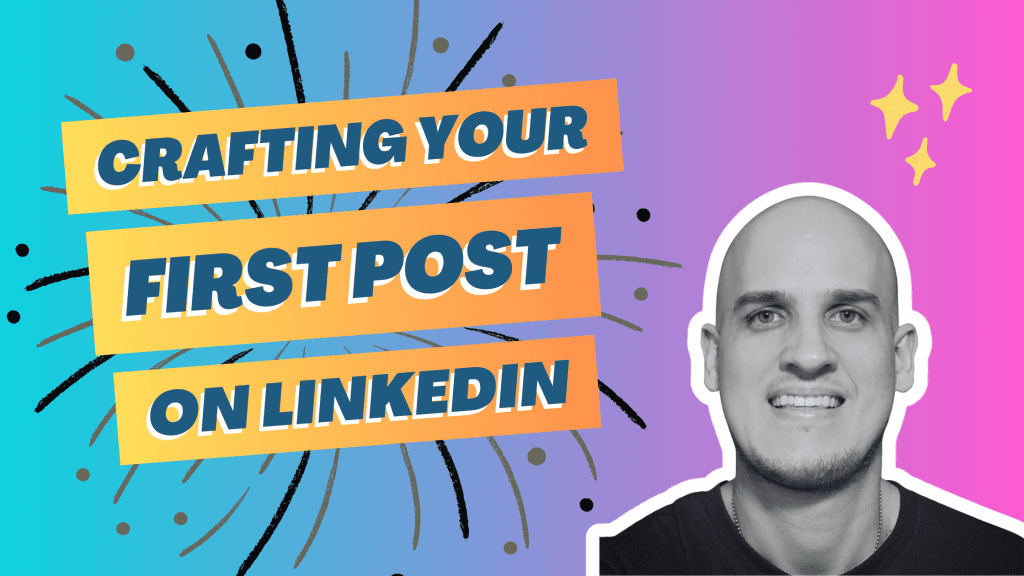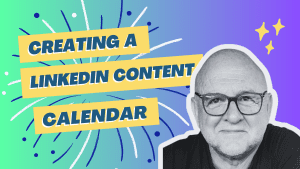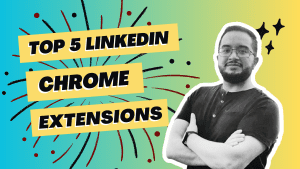What are the main benefits of using automation tools like Taplio or Buffer for LinkedIn?
How do AI-powered content creation features compare between Taplio and Buffer?
Can I schedule posts in advance with both Taplio and Buffer?
Which platform offers better analytics and reporting for LinkedIn activities?
Are there different pricing options available for small businesses versus large enterprises?
Do Taplio and Buffer ensure compliance with LinkedIn’s legal terms of use?
In the evolving landscape of professional networking, choosing the right package to manage your LinkedIn presence and contacts is crucial. As we step into 2024, two giants stand out in this arena with their LinkedIn strategy tools: Taplio, offering a trial package, and Buffer. Both platforms offer a tool to streamline your email experience on LinkedIn, but which version truly aligns with your digital strategy? This comparison will dissect their features, usability, contacts, and impact on engagement—key factors that determine whether you’ll merely survive or thoroughly thrive with this tool on LinkedIn.
With a focus on practicality and performance, our examination cuts through marketing noise to reveal insights essential for informed decision-making, utilizing data as a tool and considering offers and contacts. Whether you’re an individual looking to amplify personal branding or a business seeking enhanced visibility, understanding how Taplio and Buffer, both tools for online success, measure up against each other could be pivotal for your success online.
Key Takeaways
Embrace automation to save time and increase productivity on LinkedIn; both Taplio and Buffer offer features that streamline posting and engagement processes.
Assess the key features that matter most for your LinkedIn strategy, such as AI-powered content creation offered by Taplio, which can be a game-changer for crafting compelling posts.
Utilize scheduling tools to maintain a consistent online presence, ensuring your content reaches your audience at optimal times.
Focus on features that enhance engagement, like personalized messaging and response management, to build stronger relationships with your network.
Explore lead generation techniques provided by these tools to expand your professional reach and create new business opportunities.
Regularly review analytics and reporting to understand the impact of your LinkedIn activities and adjust your strategy for better results.
Benefits of Automation
Content Boost – Strategies to amplify content reach on LinkedIn through viral posts, company page optimization, and publishing across social media platforms.
Content relevance is key for audience engagement. Users must find value in what they read. This can lead to more shares and views. Hashtags and mentions also play a significant role. They help users discover your content among the vast data and offers on LinkedIn using the tool’s latest version.
For example, using #marketingtips could expose your post to those interested in marketing strategies, offers, and data use as a tool. Mentioning influencers or companies might get their attention too. They may share your post with their followers.
Engagement Increase on Social Media Platforms – Techniques to foster more interactions, such as comments, on profiles and posts
Interactions are crucial for visibility on LinkedIn. Responding quickly to comments can make a big difference. It shows that you value the opinions of your audience.
Asking questions is another great way to boost engagement. Creating polls invites people to share their thoughts. This can lead not only to higher interaction rates but also deeper insights into your audience’s preferences, making it a valuable tool for tailoring offers and version data.
Lead Generation – Using LinkedIn profiles, links, and publishing features for generating potential business leads with email addresses.
LinkedIn offers various features for lead generation. A well-crafted call-to-action (CTA) tool encourages readers to take the next step, whether it’s visiting a website or signing up for a newsletter. Analyzing who interacts with your posts using a tool can reveal who is interested in your products or services each month.
For instance, if someone frequently comments on posts about web design tips, they might be looking for such services. You could then tailor future CTAs with a tool directly towards these engaged users, targeting the most responsive version each month.
Key Features Overview
AI Content Creation
AI-driven content suggestion tools can boost consistency in your LinkedIn presence each month. They help maintain a regular posting schedule. This is key for staying relevant on followers’ feeds. AI also tailors content to match your brand voice and audience interests.
Personalization is another benefit of AI in content creation. It analyzes data to suggest topics likely to resonate with your followers. For example, if you’re in the tech industry, it might prompt posts about emerging trends.
However, there’s an ethical side to consider with AI-generated content. Users should ensure their posts remain authentic and transparent.
Scheduling Posts
Scheduling allows for sharing content when most of your audience is active. This increases visibility and engagement rates. Tools like Taplio or Buffer provide advanced scheduling options that let users plan ahead effectively.
It’s important not just to rely on scheduled posts though. Mixing these with real-time updates can keep your LinkedIn profile dynamic and interactive.
Analytics Insight
Analytics are vital for refining online strategies on platforms like LinkedIn. They give insights into who follows you and how they interact with your content. Understanding these monthly patterns helps tailor future posts for better engagement.
Key metrics from analytics tools allow businesses to track their ROI from activities on LinkedIn. Seeing which types of posts drive sales or website visits informs decision-making. This makes investing time into the platform more valuable.
AI-Powered Content Creation
Effortless Writing
AI tools like Taplio and Buffer have revolutionized the way we create content for LinkedIn. They offer advanced AI capabilities that assist users in crafting compelling posts with ease. Features such as grammar checks, tone analyzers, and style editors are integral to these platforms. They help ensure your writing is clear, professional, and engaging.
For example, an advanced AI feature might suggest more powerful words or phrases to enhance your message’s impact. It can also catch common grammatical errors that could detract from your credibility. These tools support a streamlined workflow, enabling you to post frequently without sacrificing quality.
Pros of using AI-powered writing tools:
Improved grammar and style.
Consistent tone across all posts.
Quick suggestions for enhancing content quality.
By utilizing these features, professionals can save time while maintaining a strong presence on various platforms including LinkedIn.
Compliance Considerations
When leveraging technology for social media management, compliance with platform policies is crucial. Tools like Taplio and Buffer are designed with LinkedIn’s terms of service in mind. This ensures that the content not only resonates with audiences but also adheres to necessary standards.
It’s important to create material that reflects professionalism and ethical practices within your industry. This means avoiding any tactics considered spammy by LinkedIn’s standards which could harm your reputation or lead to account penalties.
Key compliance considerations include:
Respecting user privacy.
Following guidelines around frequency of posting.
Ensuring originality in shared content.
Buffer and Taplio provide guidance on best practices so users can avoid pitfalls while managing their online brand effectively on open source networks as well as proprietary ones.
Scheduling for Consistency
Time Management
Automating LinkedIn tasks can save time. Tools like Taplio or Buffer handle routine posts. This lets you focus on more important work. Without tools, you must find time to post regularly.
Using these tools, set up a schedule for your content. Plan your week’s posts in advance. Then let the tool do the posting for you. You’ll have more time for other tasks.
Enhancing Engagement
Profile Optimization
Your LinkedIn profile is the front door to your professional world. Optimize it for better visibility and searchability. Start with a headline rich in keywords related to your field. This makes you easier to find.
Next, craft a summary that showcases your expertise and experience. Use industry-specific terms here too. It’s not just about listing skills but telling a story that resonates.
Keep all information up-to-date, reflecting current roles or offerings. Change jobs? Update LinkedIn! Launched new products? Share them on your profile!
Interactive Content
Interactive content keeps followers engaged and invested in what you share on LinkedIn. Consider creating polls where professionals can voice their opinions quickly.
Videos are powerful tools as well; they bring life to your messages and can explain complex ideas simply.
Live sessions invite real-time interaction, making followers feel part of the conversation.
Encourage user-generated content by hosting challenges or contests relevant to your industry.
LinkedIn Stories offer another layer of interactivity—use them wisely!
Lead Generation Techniques
Targeted Content
Creating content that speaks directly to a specific audience is key. Tailoring messages can make all the difference. LinkedIn’s targeting options are powerful for this purpose. Sponsored content campaigns reach those in certain industries or job titles effectively.
Personalized InMail messages should not be overlooked either. Direct outreach efforts become more effective with customization. They show recipients that you understand their needs and interests.
Networking Strategies
A strategic approach to networking on LinkedIn involves connecting with influencers and decision-makers. It’s important to identify who these people are in your industry.
Engaging with connections’ content consistently helps maintain visibility on the platform. It keeps you top of mind among your network.
Participating in relevant groups and discussions positions you as a thought leader. This involvement demonstrates expertise and builds credibility within professional circles.
Analytics and Reporting
Performance Tracking
Performance tracking is crucial for LinkedIn success. It involves setting clear KPIs to measure your activities. These indicators help you see if you’re meeting goals. You should review your LinkedIn tool’s insights regularly.
The tools offer detailed statistics on a centralized dashboard. This makes it easier to spot trends or areas needing work. For example, Taplio might show which posts get the most engagement, guiding future content.
Benchmarking is another key aspect. Compare your performance against others in your field. This tells you where you stand in the industry.
Improvement Strategies
Using analytics leads to better strategies on LinkedIn. Learn from data to improve what you post and how often. If analysis shows that videos perform well, consider making more of them.
Feedback from connections can guide improvements too. Ask them directly about your shared content’s quality and relevance.
Experiment with different post types based on data analysis results from tools like Buffer or Taplio.
Pricing and Options
Subscription Plans
When choosing between Taplio or Buffer, it’s important to look at their subscription plans. Each offers different features at various price points. Taplio provides a range of options tailored for individuals and businesses focused on LinkedIn growth. Buffer, known for its broader social media management capabilities, also includes pricing tiers that cater to varied user needs.
Businesses must consider how these plans will scale over time. As your company grows, you might need more advanced features or support larger teams. Both platforms offer scalable solutions but in different ways. It’s crucial to review these details closely.
Before making any financial commitment, check if there are free trials or demos available. This allows you to test the product without risk.
Taplio often has a trial period where users can experience premium features.
Buffer may provide demo versions for potential customers to explore its interface and tools.
These opportunities help determine which service fits your business best before investing money into it.
Cost-Benefit Analysis
After considering the subscription costs, conduct a cost-benefit analysis. Assess what return on investment (ROI) the premium features could bring compared with free options both services may offer.
Take note of how much time you save using each platform’s advanced tools versus their no-cost counterparts:
Premium tools might automate tasks that otherwise take hours each week.
Free versions could require manual effort but save on expenses.
Balance these factors against the subscription charge of each product.
Finally, calculate long-term benefits such as an increase in leads or sales due to an enhanced LinkedIn presence from using either Taplio or Buffer:
Improved targeting and content strategies can lead directly to better engagement and conversions.
The right tool should make managing your LinkedIn profile easier while also contributing positively towards achieving business goals.
Legal and Compliance
Automation Rules
In the digital age, automation is key for efficient LinkedIn management. Taplio and Buffer offer features to streamline tasks. Yet, rules must be set. Certain activities need a human touch.
Automation can save time but carries risks. Overuse may lead to errors or content that feels impersonal. To prevent this, businesses should establish clear parameters around what gets automated.
For example:
Content posting can be scheduled.
Personalized messages should remain manual.
It’s important to know the tool’s limits. Users must understand when to rely on automation and when not to.
Fail-safes are crucial too. They help detect issues with automated systems early on. Users receive alerts if something goes wrong with their scheduled posts or campaigns.
Here are some tips for setting automation rules:
Define which tasks are suitable for automation.
Regularly review automated actions for effectiveness.
Set up notifications for system malfunctions or errors in content delivery.
By doing so, companies maintain control over their LinkedIn presence while enjoying the benefits of automation tools like Taplio or Buffer in 2024.
Safe Practices
Using third-party tools requires attention to security and compliance. With Taplio or Buffer, maintaining account safety is paramount.
Users should ensure they’re using secure business email addresses linked to their company profiles on LinkedIn. This adds an extra layer of protection against unauthorized access.
Staying updated with LinkedIn’s policy changes regarding third-party apps is also essential. This helps avoid any breaches of terms that could result in penalties or account suspension.
Implementing best practices is non-negotiable:
Only share necessary information with third-party tools.
Monitor access levels granted within these platforms.
Businesses must safeguard sensitive data while utilizing these management solutions.
Conclusion
When choosing between Taplio or Buffer for LinkedIn management in 2024, several factors come into play. The size of your team is crucial. A larger team might require a tool with more collaborative features. This could mean the difference between smooth operations and workflow bottlenecks.
Goals are also key. What do you want to achieve on LinkedIn? If brand building is top priority, select the tool that best amplifies your presence. For lead generation, choose one with strong analytics and targeting functions.
Budget constraints cannot be ignored either. Every business must operate within its means. Compare the cost against the range of services offered by Taplio and Buffer to find value for money.
Pros of considering team size:
Ensures everyone can collaborate effectively.
Matches tool capabilities with staff needs.
Cons of not considering team size:
Potential overpaying for unused features.
Risk of selecting a platform that hinders productivity.
Long-term platform development plans should align with where you see your business heading. Does one offer better integration possibilities? Will updates keep pace with industry changes? These questions guide a future-proof choice.
Your decision should be informed by trial experiences as well as reviews from other users and testimonials—real-world insights matter greatly here.
Steps to make an informed decision based on trials and reviews:
Sign up for free trials offered by both platforms.
Test out key features relevant to your goals during these trials.
Seek out reviews from businesses similar in size and objectives.
Pay attention to how current users rate customer support and usability.
Closing Thoughts
Selecting the ideal LinkedIn tool between Taplio and Buffer hinges on specific needs and objectives. Taplio’s AI-driven content creation and engagement features cater to those prioritizing a robust social presence. Conversely, Buffer’s scheduling prowess and analytics offer a streamlined approach for consistent online activity. Both platforms enhance lead generation and ensure compliance with legal standards, yet differ in pricing structures to accommodate diverse budgets.
Deciding on the right tool requires weighing the benefits of automation against individual or business goals. Explore both options to determine which aligns best with your LinkedIn strategy. Take action today by trialing each service, leveraging their unique features to maximize your professional networking potential.
Frequently Asked Questions
What are the main benefits of using automation tools like Taplio or Buffer for LinkedIn publishing, tracking key metrics, and managing profiles?
Automation tools streamline content posting, enhance engagement through consistent scheduling, and can improve lead generation with strategic outreach.
How do AI-powered content creation features for LinkedIn strategy, page text, and profiles compare between Taplio and Buffer?
Taplio’s AI-driven content suggestions are tailored specifically for LinkedIn, while Buffer focuses on a broader social media approach. Both offer time-saving content solutions.
Can I schedule LinkedIn strategy posts in advance for profiles and pages with both Taplio and Buffer at work?
Yes, both platforms provide post-scheduling features to maintain a consistent online presence without daily manual input.
Which platform offers better analytics and reporting for company LinkedIn profiles activities?
While both services offer analytics capabilities, Taplio provides more in-depth insights tailored to LinkedIn’s unique metrics compared to the generalized reports from Buffer.
Are there different pricing options, including offers and a free version, available for small businesses versus large enterprises, and does the company provide a free trial?
Both platforms have scalable pricing models designed to accommodate various business sizes from solo entrepreneurs to larger enterprises.
Do Taplio and Buffer ensure compliance with LinkedIn’s legal terms of use for managing profiles?
Yes, they adhere to LinkedIn’s API usage policies and terms of service to ensure that users’ accounts remain in good standing while using their automation tools.
Is either platform superior when it comes to enhancing user engagement on LinkedIn profiles or pages through email offers to contacts in different version?
Both platforms provide tools aimed at increasing engagement; however, Taplio specializes in leveraging native features of LinkedIn which might give it an edge in this specific network.

